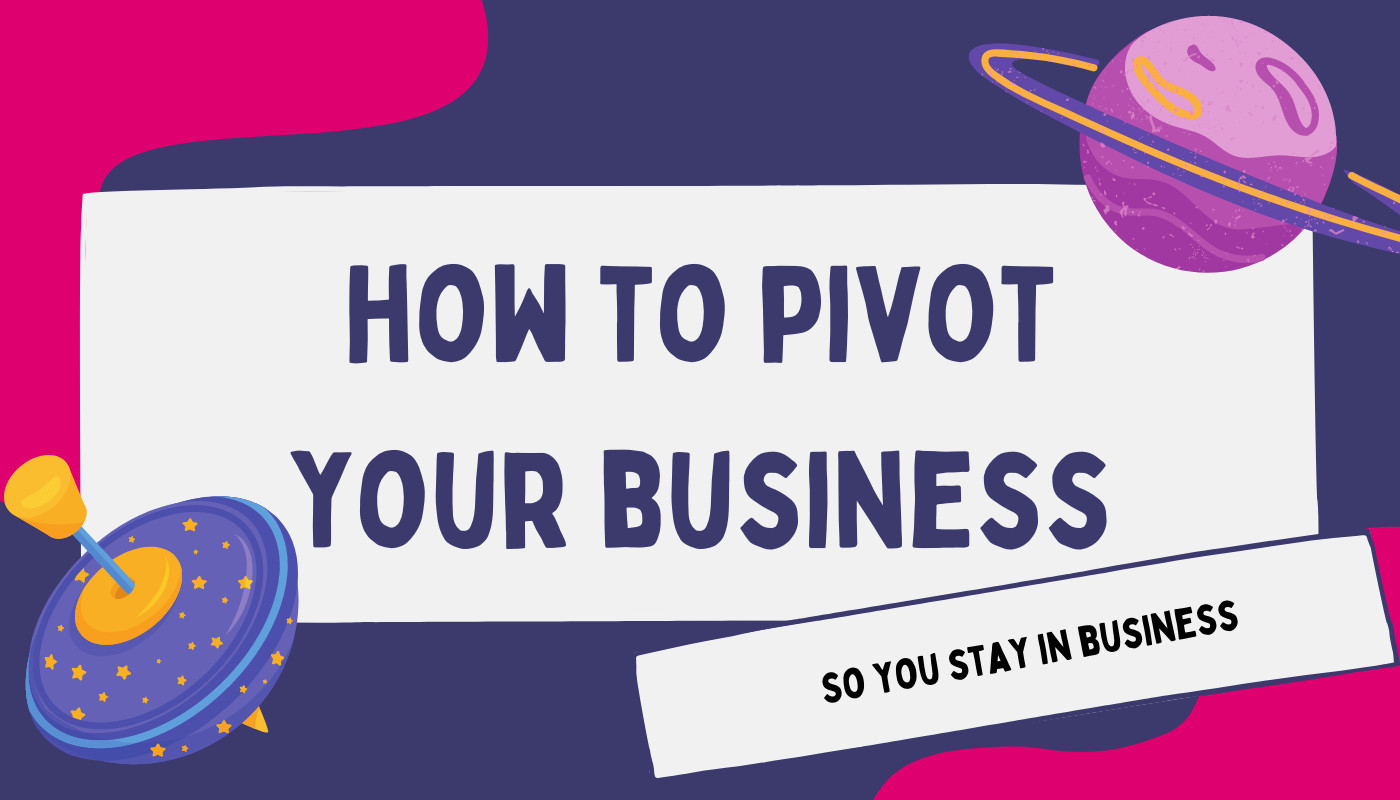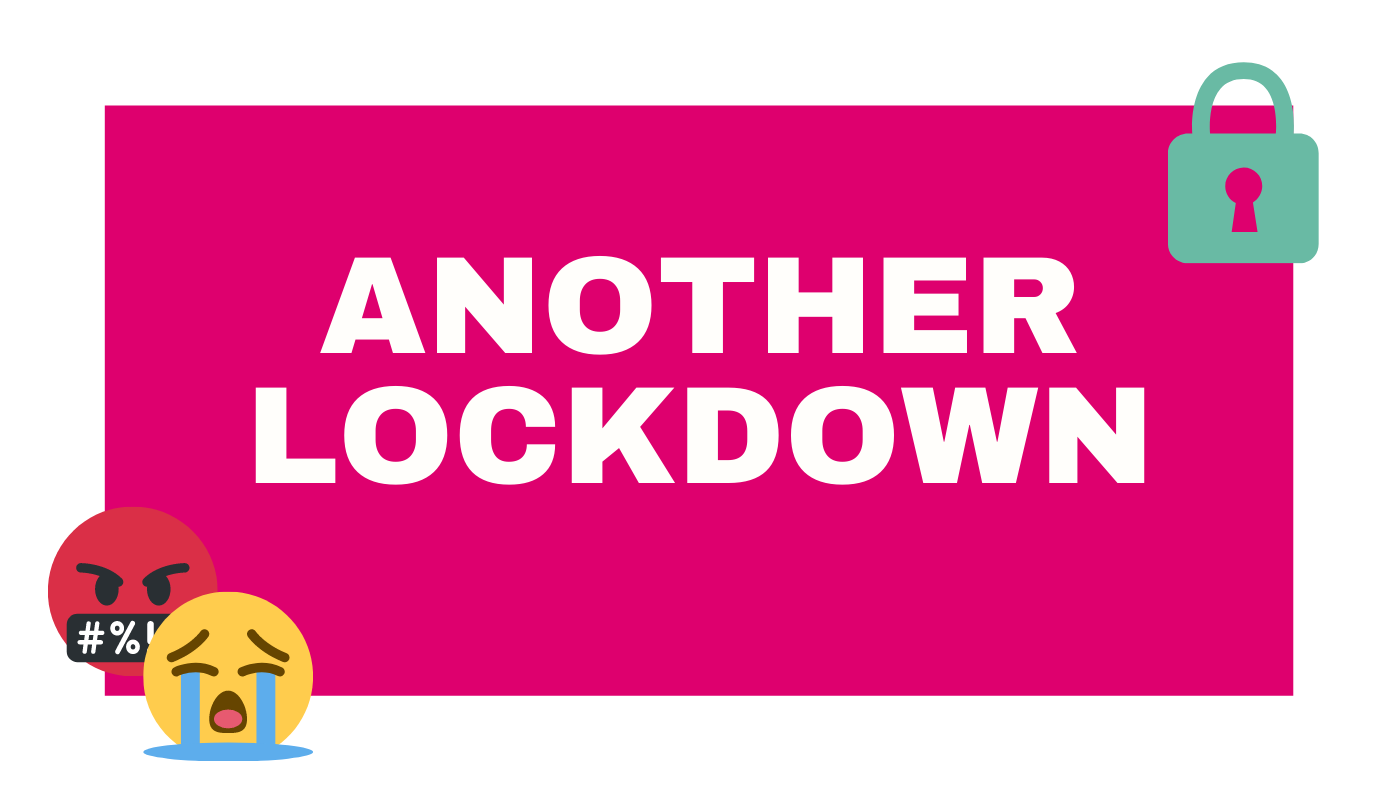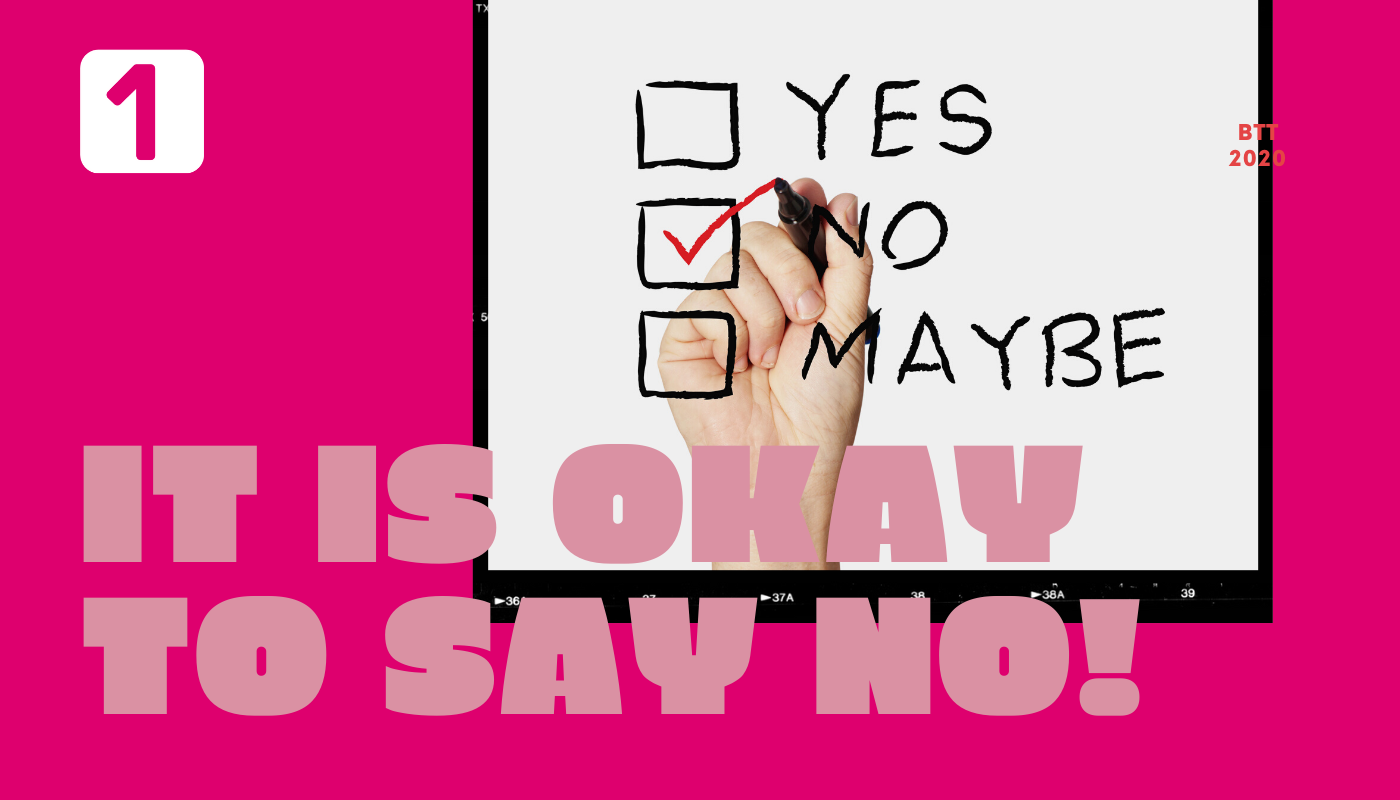Two sports teams both have the goal to win the game at hand, but only one can. This shows that just having a goal doesn’t necessarily mean that you’re going to achieve it. To win or achieve your goal, you need to have the right positive habits day in and day out. In the case of the sports team, it’s the one that trains regularly, eats healthy every day, and has the right mindset to keep going when times are tough.
To help you understand why many of us don’t achieve the goals that we set out to, this article explains why daily habits are the key to getting us to where we want to be.
Goals are great for short term accountability…
Have you hit a weight loss goal but then gained that weight back on not long after? Have you resolved to quit something or to start something only to revert back after a few weeks? Have you ever trained to run a marathon but then never run much after that?
If you can relate to one of the questions above, it’s probably due to one of these 5 reasons:
- Goals are temporary – they are great for an initial push but people tend to revert to habits.
- Goals can negatively affect motivation – if you don’t reach them within a specific timeframe, they can make you feel bad.
- Goals limit you – not many people surpass their goal as they are satisfied once they’ve hit it.
- Goals demand discipline – discipline can be hard to maintain over a long period, so when people lose it, they tend to give up all together.
- Goals can be unrealistic – if the initial goal is unrealistic, this can lead to a loss of motivation and negatively affect performance.
While goals are great for short term accountability and for that initial push to improve performance, on their own, they don’t help you to sustain this performance.
…habits are what help us sustain performance in the long term
Just like the long-term success of a sports team, it’s having the right habits that is key; having the right habits to support their goals.
When it comes to business, if you want to grow sustainably, you need the right mindset and the right habits to sustain your performance over time. So how do you do this?
- You need to set your goals – when setting both personal and professional goals, don’t forget to use SMART (Specific, Measurable, Attainable, Relevant, and Time-bound).
- You need to shift your mindset – know your ‘why’ for setting this goal/s and think of this goal as a marathon and not a sprint. You won’t achieve it overnight so be okay with doing a little each day.
- You need to develop the right daily habits – split your one big goal into short term goals (e.g. monthly and weekly goals) and focus on hitting these. Plan these activities into your schedule and link them with existing habits already as this will make it much easier for you to get them done.
Start achieving what you set out to
If you set yourself goals AND put in place the necessary habits you will need to achieve them (just focusing on getting a little done each day), soon these will build and you’ll see your business moving forward.
Remember the sports team. You might win one game or hit your goal once, but the key to long-term success is having the right mindset and daily habits.















